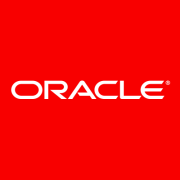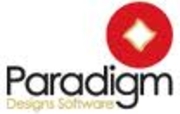Enterprise Asset Management (EAM) improves efficiency by planning, optimizing, executing, and tracking asset management strategies. EAM can significantly enhance operational efficiency and ROI for organizations of all sizes.
To learn more, read our
Enterprise Asset Management (EAM) Buyer's Guide (Updated: April 2025).
The top 5 Enterprise Asset Management (EAM) solutions are IBM Maximo, Infor CloudSuite, IFS Cloud Platform, Oracle Enterprise Asset Management and JD Edwards EnterpriseOne Asset Lifecycle Management, as ranked by PeerSpot users in March 2025. Infor CloudSuite received the highest rating of 8.1 among the leaders. IBM Maximo is the most popular solution in terms of searches by peers and holds the largest mind share of 28.7%.
EAM plays a crucial role in maintaining, managing, and optimizing the quality and utilization of all assets throughout their lifecycle. By integrating real-time data and analytics, EAM systems help organizations to minimize operational costs, reduce equipment downtime, and ensure compliance with industry standards.
What are the critical features of Enterprise Asset Management solutions?
- Asset Tracking: Provides real-time visibility into asset usage and location.
- Maintenance Management: Schedules and manages preventive maintenance tasks efficiently.
- Work Order Management: Streamlines the creation, assignment, and tracking of work orders.
- Inventory Management: Manages stock levels and reduces excess inventory costs.
- Reporting and Analytics: Delivers actionable insights through customizable reports and dashboards.
What benefits and ROI should users look for when evaluating an Enterprise Asset Management solution?
- Cost Reduction: Lowers maintenance and operation costs by improving asset utilization.
- Increased Uptime: Minimizes equipment downtime through predictive maintenance.
- Regulatory Compliance: Ensures adherence to industry standards and compliance requirements.
- Improved Efficiency: Streamlines operations and reduces manual processes.
- Better Decision Making: Enhances decision-making with real-time data and analytics.
EAM solutions are implemented across various industries including manufacturing, energy, healthcare, and transportation. Each sector leverages EAM to handle its specific asset management challenges and optimize productivity. For example, manufacturers use EAM to manage factory equipment while healthcare providers might track medical devices and facilities.
EAM is valuable for organizations looking to optimize their asset lifecycle, improve maintenance processes, and achieve better overall performance. It ensures that companies can maintain high standards of efficiency and reliability while minimizing costs and risks associated with asset management.
















































